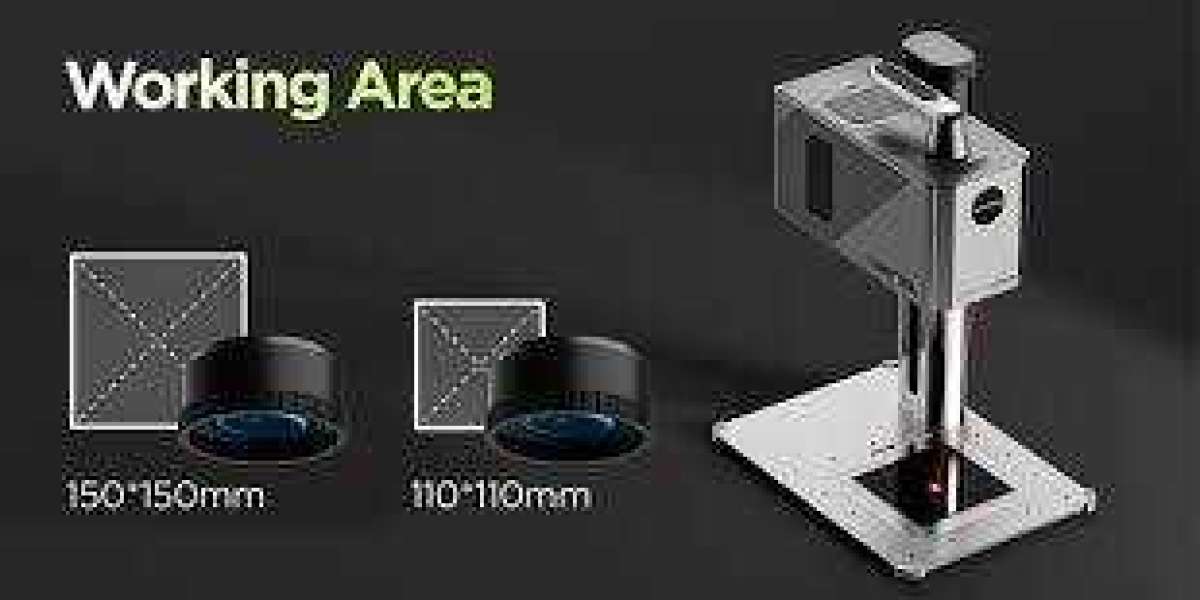Laser marking machines are intricate systems that rely on various components working in harmony to achieve precise and efficient results. Understanding the key parts of a laser marking system can help you maintain and optimize your equipment, ensuring consistent performance and longevity. Here’s a detailed look at the essential laser marking parts and their functions.
1. Laser Source
The laser source is the heart of a laser marking machine. It generates the laser beam used for marking. Common types of laser sources include:
- Fiber Lasers: Known for their high efficiency and precision, fiber lasers are commonly used for metal marking and high-speed applications.
- CO2 Lasers: Versatile and suitable for a variety of materials including plastics and glass, CO2 lasers are ideal for detailed engraving.
- YAG Lasers: These are often used for industrial applications requiring high precision and durability.
2. Laser Optics
Laser optics are crucial for focusing and directing the laser beam onto the material. Key components include:
- Beam Expander: This optical device enlarges the laser beam to achieve the desired spot size and enhance marking accuracy.
- Focusing Lens: Focuses the laser beam to a fine point, crucial for achieving detailed and precise markings.
- Reflective Mirrors: Direct the laser beam through various paths within the machine, ensuring it reaches the target material accurately.
3. Marking Head
The marking head is responsible for guiding the focused laser beam onto the material. It typically includes:
- Galvo Scanners: These devices use mirrors to rapidly adjust the laser beam’s position, allowing for high-speed marking. Galvo scanners are essential for dynamic and fast marking processes.
- Scan Lens: Works in conjunction with the galvo scanners to direct and focus the laser beam onto the material’s surface.
4. Control System
The control system is the brain of the laser marking machine. It manages the operation of the laser and the marking process. Components include:
- Controller Unit: This unit processes input data and controls the laser’s power, pulse frequency, and marking speed.
- Software Interface: Provides the user with control over design files, marking settings, and operational parameters. User-friendly software is essential for efficient operation and precise marking.
5. Cooling System
Lasers generate significant heat during operation, making an efficient cooling system essential. Components include:
- Chiller: Cools the laser source and other critical components to prevent overheating and ensure stable performance.
- Fans and Airflow Systems: Assist in cooling the machine’s internal components and maintaining optimal operating temperatures.
6. Mechanical Components
Mechanical parts of the laser marking machine include:
- Frame and Housing: Provides structural support and protection for the internal components. A robust frame ensures stability and reduces vibrations during marking.
- Axis Motors: Control the movement of the marking head or the material being marked. Precise motor control is crucial for accurate and repeatable markings.
7. Safety Features
Safety is paramount in laser marking operations. Essential safety components include:
- Safety Enclosures: Protect operators from laser exposure and ensure a safe working environment.
- Interlock Systems: Prevent the machine from operating when safety doors or covers are open.
8. Maintenance and Replacement Parts
Regular maintenance and timely replacement of parts are crucial for the longevity and performance of a laser marking machine. Common replacement parts include:
- Laser Tubes: Need periodic replacement depending on usage and wear.
- Optics and Lenses: Should be cleaned regularly and replaced if damaged or worn.
In summary, understanding the essential parts of a laser marking machine helps in maintaining optimal performance and efficiency. Regular upkeep and proper management of these components ensure that your laser marking system operates smoothly and produces high-quality results.







